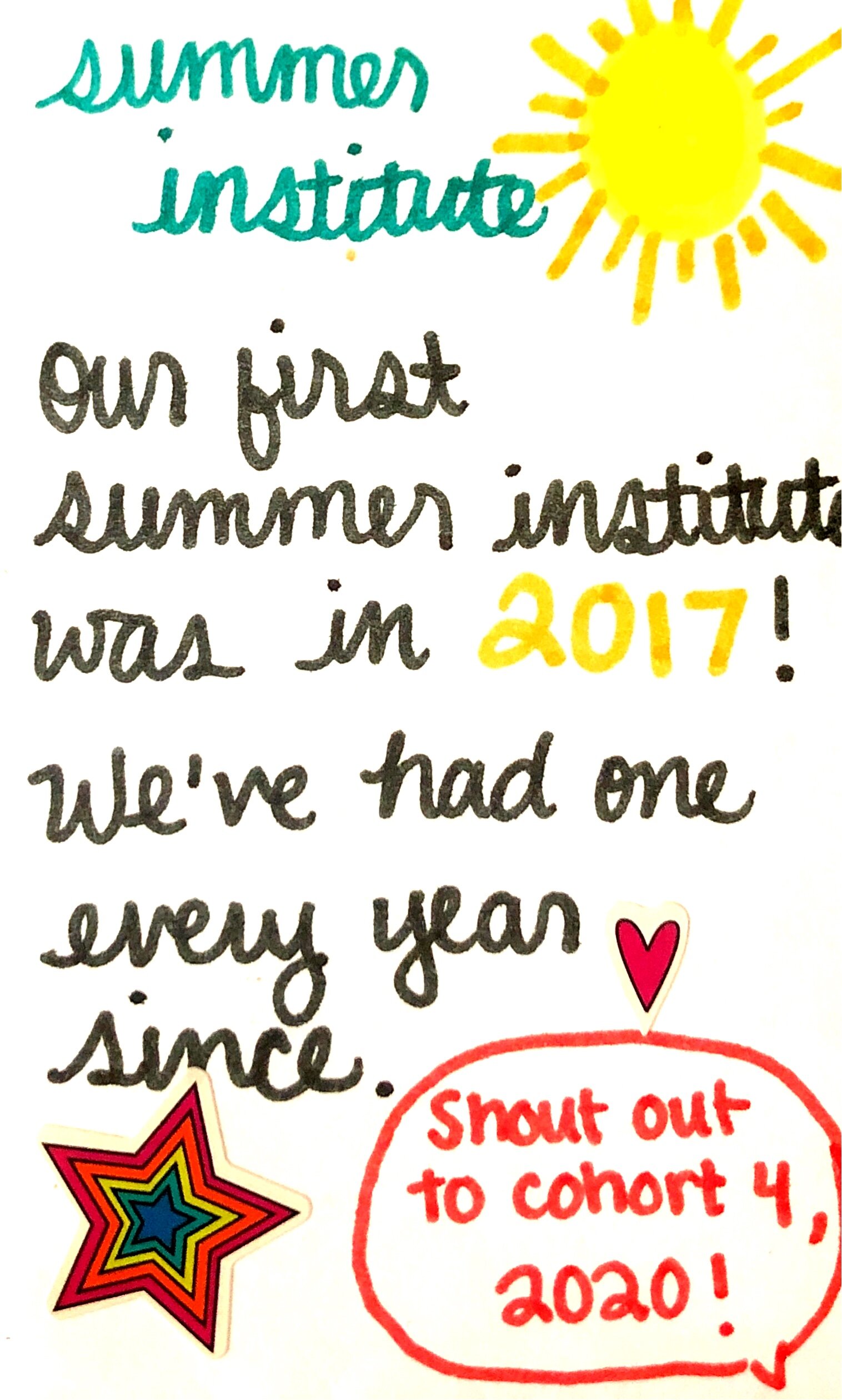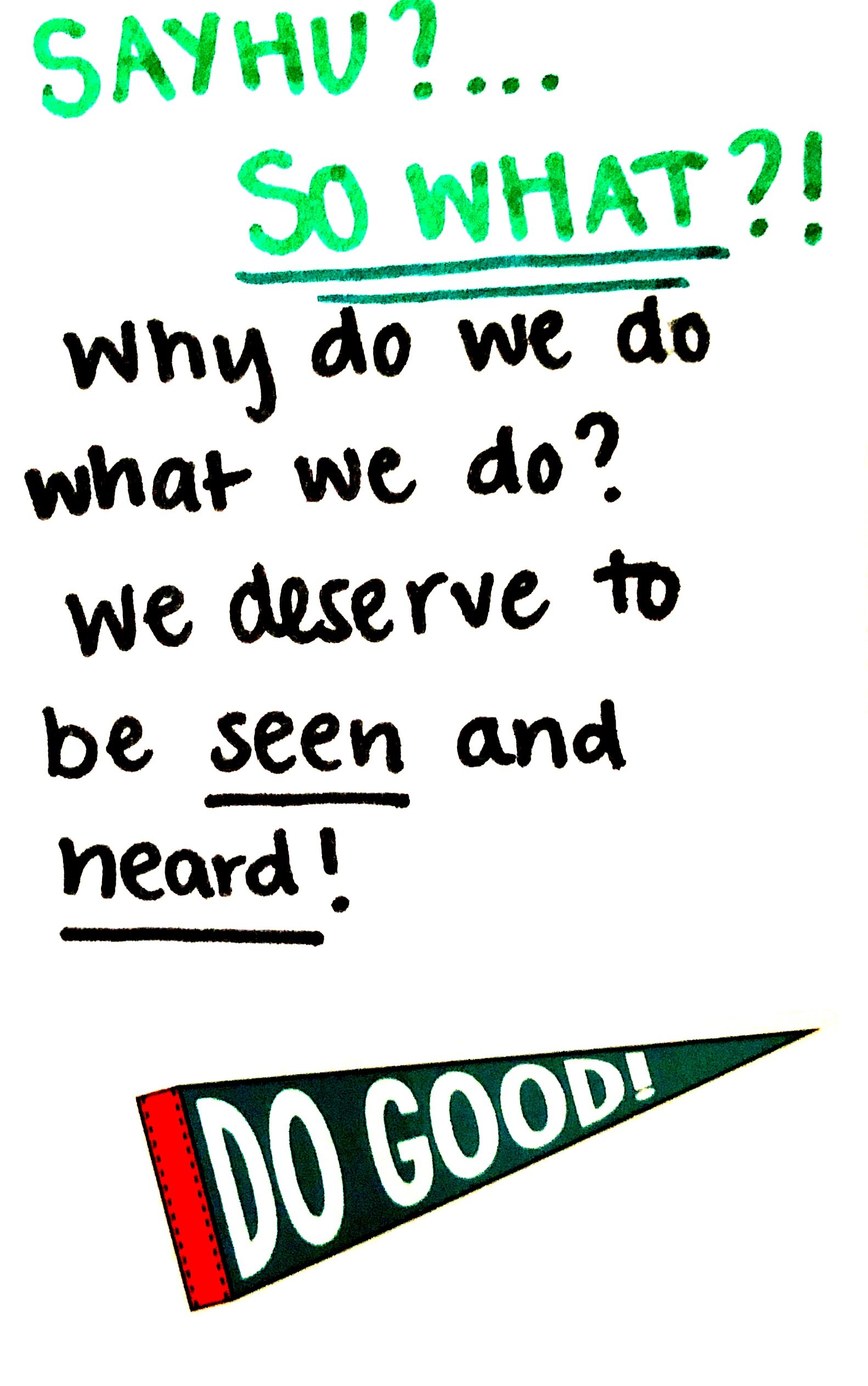Feminist Zine Making
Why zines and why now?
During quarantine, zines (short for “magazine”) have become a medium to explore and express the thoughts that are swimming around in my head. Making these 8-pagers, in particular, brings me (Joshlyn) so much joy. just in the process of taking an ordinary piece of paper and making a medium for art, words, and information that I think is worth sharing.
The versatility of the zine is something that has drawn me to the form. Zines can contain anything: text, photographs, illustrations, infographics, collages. Something so small has the potential for multitudes. I’m still quite new to zine-making, but it has been a way for me to explore the interests I’ve always had but never felt I had the skill or authority to execute (thanks, imposter syndrome). Zine-making has taught me that being a novice shouldn’t stop me from trying to learn more and potentially share with those around me so we can learn together and from each other.
Self-published work likes zines are self-empowering, bringing people and their stories from the margins, and centering them. San Antonio-based zine St. Sucia describes it beautifully: “Zines are everyone’s novels and newspaper,” a magazine for the people, by the people. When you want to say something that might not be given a platform in a more traditional magazine or other mainstream publications because it might be “too radical” for being feminist, it is time to take pen to paper and self-publish!
Even if all you have is some printer paper and some markers, and something that you want to get out into the world, you’ve got the ingredients to get a zine cookin’!








